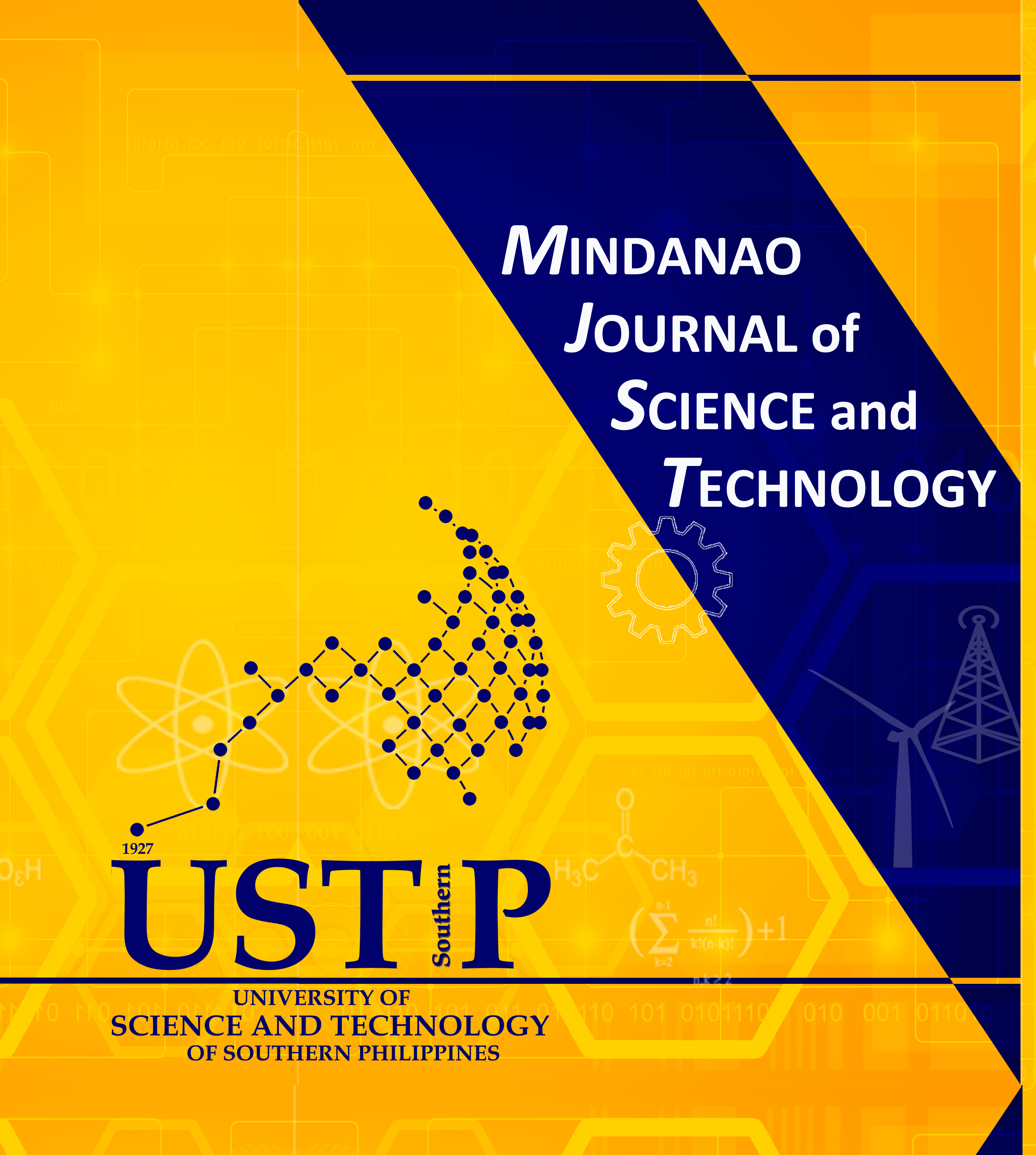Chemical Composition and Antimicrobial Activity of Oleoresin of Capsicum annuum Fruits
Keywords:
capsicum, oleoresin, GC-MS, zone of inhibition, minimum inhibitory concentrationAbstract
Capsicum annuum is consumed as a part of human diet since prehistoric period. The present study was designed to analyze the composition of oleoresin of C. annuum fruits and evaluate its antimicrobial potential. Study involved extraction of oleoresin by percolation of the pulverized dried ripe fruits, which were further analyzed using GC/GC-MS and evaluated for antimicrobial activity using standard disc diffusion method. The predominant constituents in capsicum oleoresin included linoleic acid (33.81%), 2,3-dihydroxypropyl oleate (16.80%), palmitic acid (15.57%), capsaicin (10.28%), and dihydrocapsaicin (6.09%). The capsicum oleoresin exhibited significant antimicrobial activity against Staphylococcus aureus, Bacillus subtilis, Pseudomonas aeruginosa, Escherichia coli, Candida albicans and Aspergillus niger. Antimicrobial potential of C. annuum oleoresin was based on determination of zone of inhibition (ZOI) and minimum inhibitory concentration (MIC) through disk diffusion method. Oleoresin exhibited maximum ZOI and MIC against B. subtilis (12.0±0.5 mm and 25 μL/mL) and A. niger (30.0±0.5 mm and 40 μL/mL). This study concluded capsicum oleoresin to contain large number of fatty acids and their esters, amides, monoterpenes, diterpenes, triterpenes, sesquiterpenes, and phytosterols. It also exhibited significant antimicrobial activity against pathogenic microorganisms.










